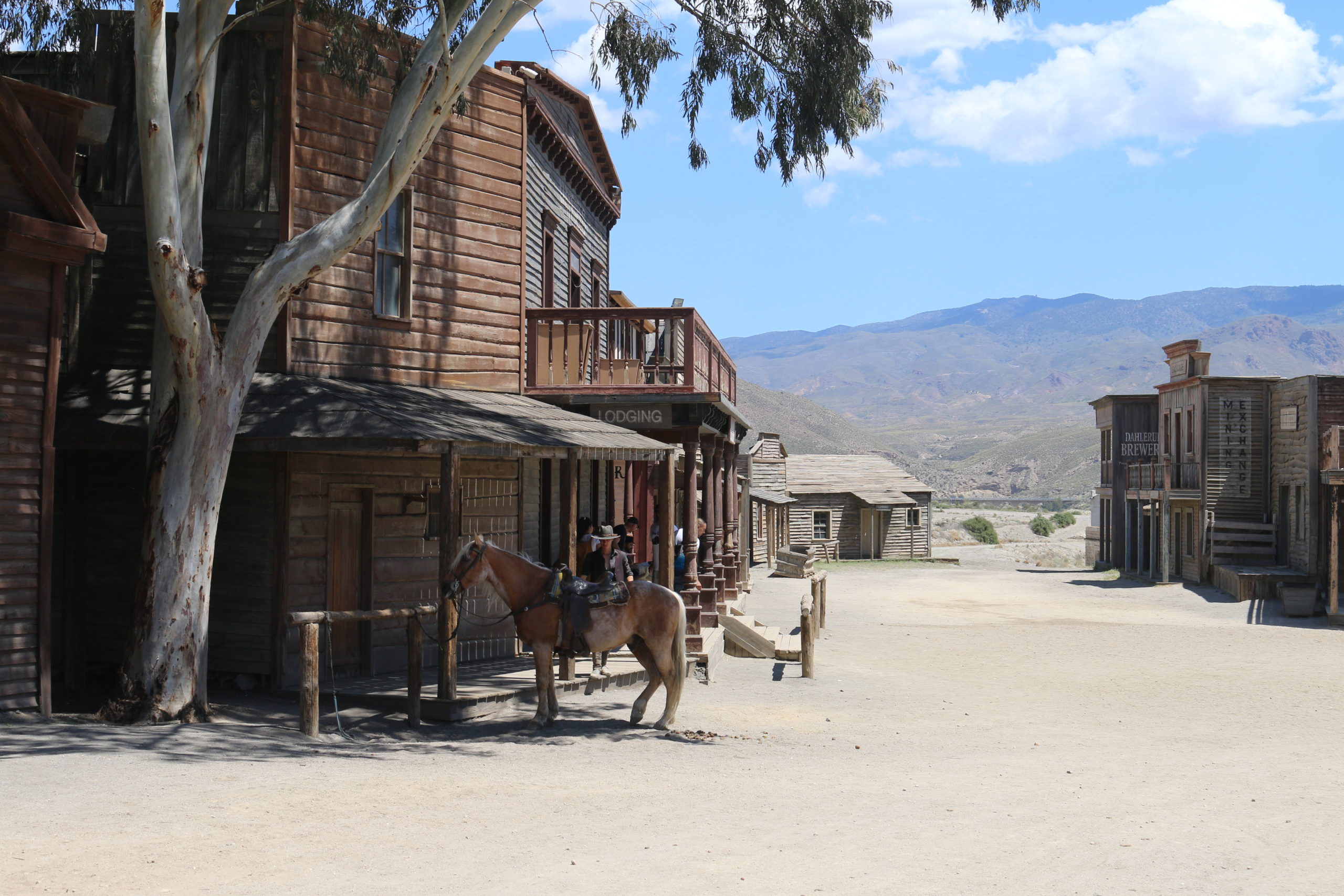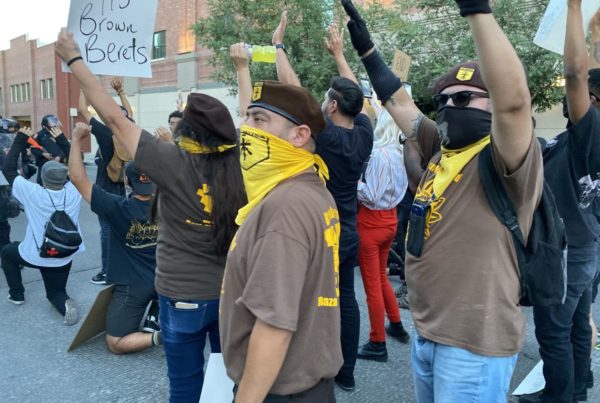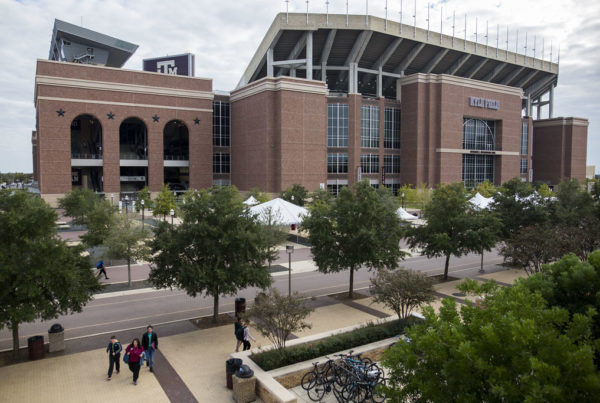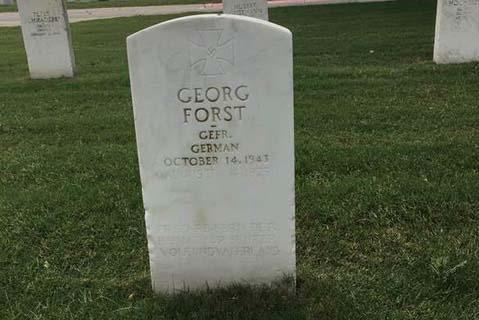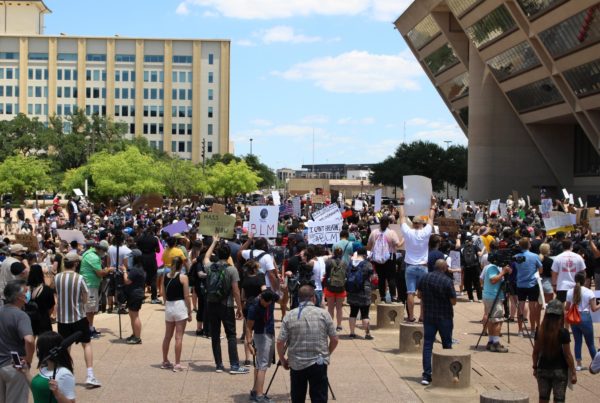To much of the world, and to many people in the U.S. who have never been to Texas, the state is a vast desert. It is not the Sahara, but instead, a high-plains arid region studded with rocky mesas, sweeping wall-like cliffs, dusty canyons, and sometimes adorned with thousands of Saguaro cacti – native to Arizona, not Texas. Certainly there are parts of West Texas that have some aspects of these images, but more than half the state is green with rolling hills, lush forests and vibrant coastal plains. Yet the desert images dominate minds in distant lands. For that, we can thank Hollywood.
There are many John Wayne westerns with storylines that weave through Texas, but the films were shot in Utah and northern or southern Arizona. The most jarring example to me is “The Searchers.” To my mind, “The Searchers” was John Wayne’s best film. Here’s a clip where Mrs. Jorgensen, a tough frontier woman, defines these early Texans:
It just so happens we be Texicans. Texican is nothing but a human man way out on a limb. This year and next, and maybe for a hundred more. But I don’t think it’ll be forever. Someday this country’s gonna be a fine, good place to be. Maybe it needs our bones in the ground before that time can come.
As she says this on her front porch, she is looking at a view of Monument Valley, Utah. Wayne made five movies in Monument Valley, even though two of them, “The Searchers” and “Rio Grande,” had storylines that based them in Texas. Wayne actually said, “Monument Valley is the place where God put the West.”
Another Wayne film that is shocking to a native Texan is “The Comancheros.” The plot has Wayne playing Texas Ranger Jake Cutter. Great name. He arrests an outlaw for murder on a boat arriving in Galveston and tells him he will return him to Louisiana:
Regret: Well, I’ve committed no crime in Texas.
Cutter: Right. But you killed a man in Louisiana. My job’s to take you to the Ranger headquarters where a Louisiana marshal will pick you up. They’ll take you back to New Orleans and the gallows. You know we’re getting real obliging to the states down here in Texas. A lot of folks want to join the Union.
Regret: I have a couple of hundred in gold in that jacket. That give you any ideas, friend?
Cutter: I’ve got what you might call a weakness. I’m honest.
As Cutter exits the boat in Galveston with his handcuffed prisoner, Paul Regret, in tow, he walks right into southeastern Utah where the film was shot in Professor Valley and the La Sal Mountains, among other places near Moab. Stunning country for CinemaScope technology to capture, but not Texas.
“Rio Bravo” and “El Dorado” were two John Wayne films with Texas settings shot in and around the Sonoran Desert west of Tucson. The landscape there is dominated by thousands of saguaros, enormous 40-foot cacti that look like sentinels of the desert. Such sights don’t exist in Texas.
Clint Eastwood’s “For a Few Dollars More” is set in and around El Paso, but it was actually shot in the Tabernas Desert near Almería, Spain. Fort Bravo, also called Hollywood, Texas, is a movie set town built there in the ’60s and has served as a backdrop for many classic western films like “Once Upon a Time in the West” and the famous spaghetti westerns. Not all of those have Texas storylines, but some do. “For a Few Dollars More” does, and at least in this case, the landscape of Almería is a good match for the El Paso region.
Two films more true to Texas in landscape were “Giant,” shot almost completely around Marfa, and “No Country for Old Men,” filmed mostly in New Mexico. “Texas Rising” troubled some Texans for two reasons: one, being shot almost entirely in Mexico, which seemed sacrilegiously ironic. And two, for scenes of rugged mountains around Victoria, Texas. I think they got their Victorias mixed up. A more recent film called “Hell or High Water,” starring Jeff Bridges as a Texas Ranger chasing bank robbers in the Panhandle, was largely shot in New Mexico.
So you see, movie-Texas depicts a greater land of diversity than Texas actually has within it. To much of the world, we are Arizona and Utah and New Mexico, and we are Mexico and Italy and Spain. Mostly desert. Everything is bigger in Texas because Hollywood has subconsciously created a much wider world in the collective mind of moviegoers.
Correction: This story has been updated to say that “Giant” and “No Country for Old Men” were filmed mostly in New Mexico.
If you found the reporting above valuable, please consider making a donation to support it here. Your gift helps pay for everything you find on texasstandard.org and KUT.org. Thanks for donating today.


